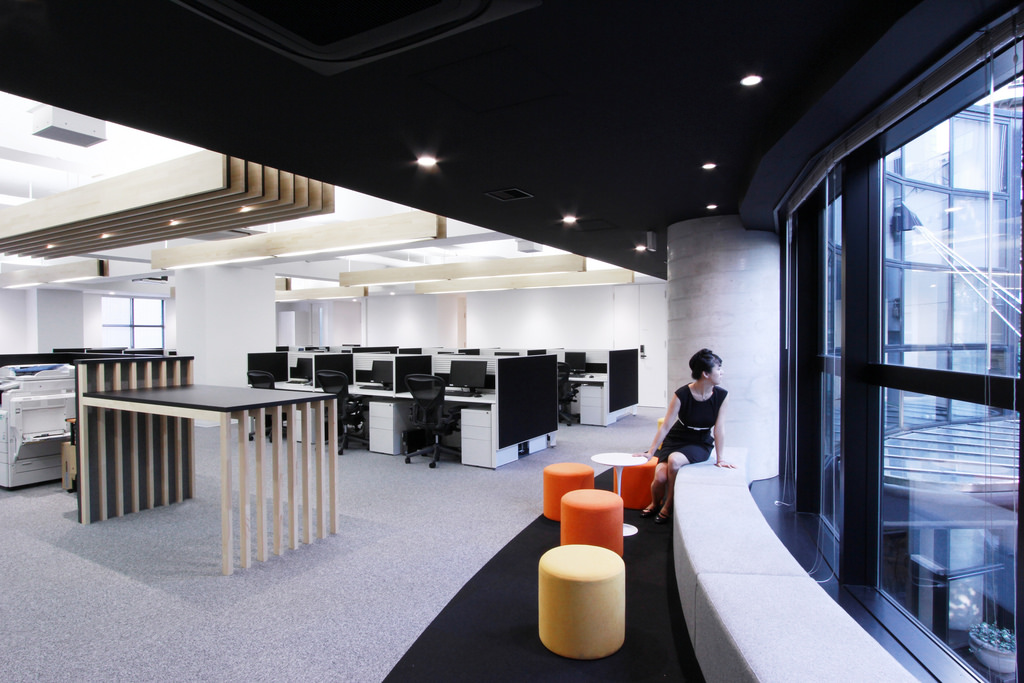Interior Design + Globalization
By: Rick Hess/Mae Case, DI
Today, you can simply click on a button and instantaneously be connected to someone several time zones and thousands of miles away. Distance no longer poses the same challenges it used to prior to the age of the Internet, allowing relationships to evolve in ways that were impossible before. Because we now have the world at our fingertips, many businesses are finding that the best and possibly fastest way to grow is to look beyond their national borders.
Globalization is “a process of interaction and integration among the people, companies, and governments of different nations, a process driven by international trade and investment and aided by information technology,” according to the SUNY Levin Institute. Interior design and architectural firms, like other companies, are embracing this and making changes to their business strategies. We identified three major aspects of globalization that designers and architects should consider in order to move to the forefront of the design industry: Cultural Knowledge and Research, Identifying Global Trends, and Education.
Globalization In Interior Design

Cultural Knowledge and Research
To create a successful design, you must understand the culture of the users. In a recent article, Pamela Kelly suggests that designers “spend a minute and think about your family. Each of you have rituals, stories, and personal effects that remind you of who you are, where you came from, and what is important to you.” To apply this same framework when designing for a global market, cultural knowledge and research are critical.
Many aspects of the built environment vary drastically from one culture to another, but there is also much common ground when it comes to interior design and architecture. A recent global study, for example, found that all around the world, “employees in environments with natural elements report a 15% higher level of well-being, are 6% more productive and 15% more creative overall.” A research-based design approach helps firms understand their clients to ensure culturally sensitive and responsible interior design.

Bakoko Tokyo Office
Identifying Global Trends
Interior designers must be able to identify global trends and use this information when designing both globally and locally. As more American consumers demand smart living in small spaces, designers can learn from both traditional and contemporary homes in China and Japan, where tiny has long been the norm. Check out how efficient the home in Shanghai China designed by Guo Donghai and Yan Linglin is, in just over 500 square feet! Meanwhile, traditions from around the world inspire designers creating everything from textiles and tiles to kitchen systems and furniture.

Education
One of the most important factors within our discussion of globalization and interior design is education. Students, instructors and professionals need to have the resources and skills to research a culture and incorporate what they learn into their designs. Whether through a study abroad program or real-world projects with diverse communities here at home, colleges are providing ever more opportunities for students to learn from and work with members of different cultural groups.
Professional organizations like ASID, IIDA and AIA offer continuing education opportunities in international business strategies and global design trends. Technology allows us to connect, share and collaborate internationally. Reflecting on the importance of globalization in 2014, ASID President Rachelle Schoessler-Lynn laid out a vision for a more connected society, saying that “stronger connections with the design world around the globe should mirror our members and their firms who already embody globalization.”

Increased understanding of diverse cultural groups around the globe is a worthy goal for anyone. For a design firm, it will also strengthen your firm’s reputation as a global market leader. Having a design team that is versed in world history and current international trends will help build consumer confidence in your firm’s ability to deliver. Thanks to the constant evolution of information technology, globalization looks like it’s here to stay, and design firms that embrace the challenge will propel their businesses to the next level.
Sources
Interior Design: Practical Strategies for Teaching and Learning, by Katherin S. Ankerson and Jill Pable (Fairchild, 2008)
https://www.asid.org/impact-of-design
https://iands.design/articles/35176/global-design
http://www.washington.edu/news/2013/01/02/let-there-be-daylight-new-book-illustrates-use-of-natural-light-in-design/
https://www.studyblue.com/notes/note/n/ch-16-graphic-design-and-globalization/deck/9086349
https://www.asid.org/
https://www.flickr.com/photos/bakokojp/8269956734